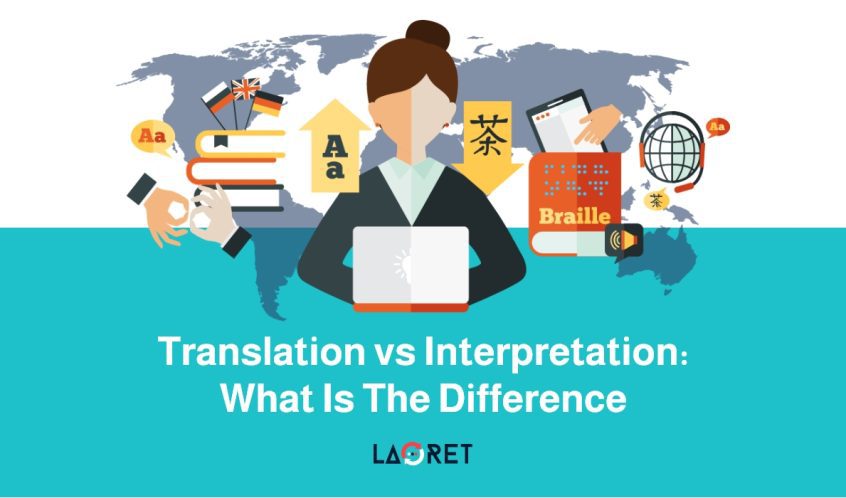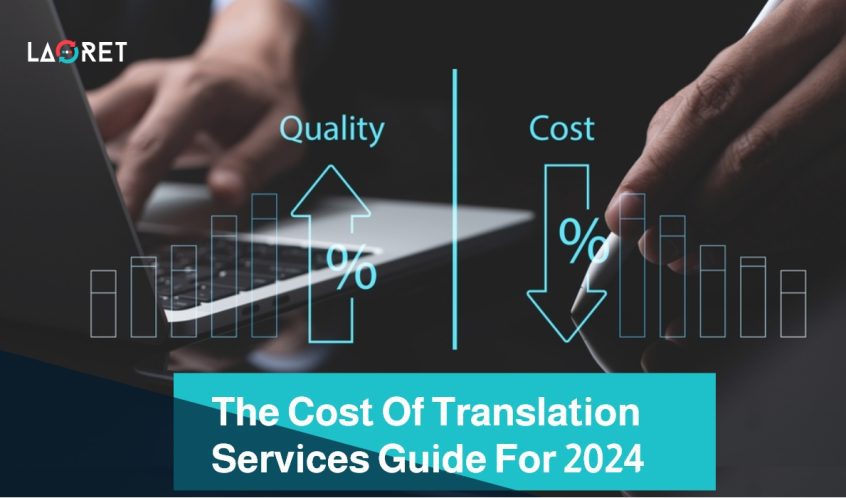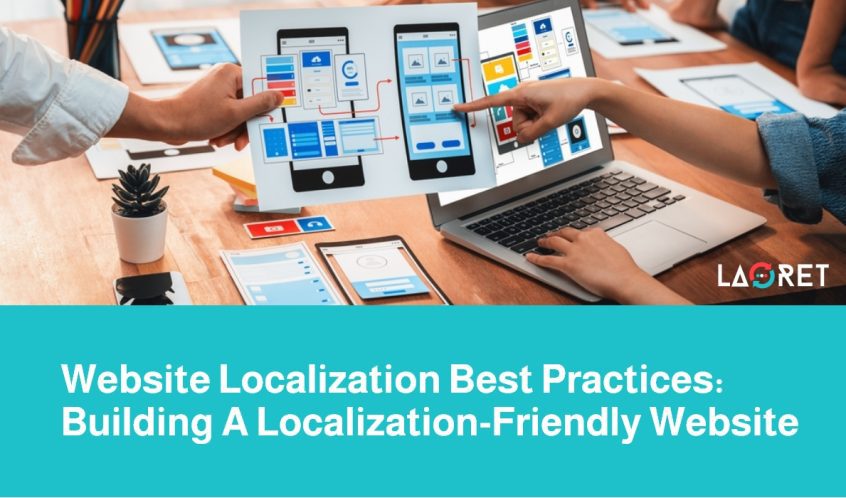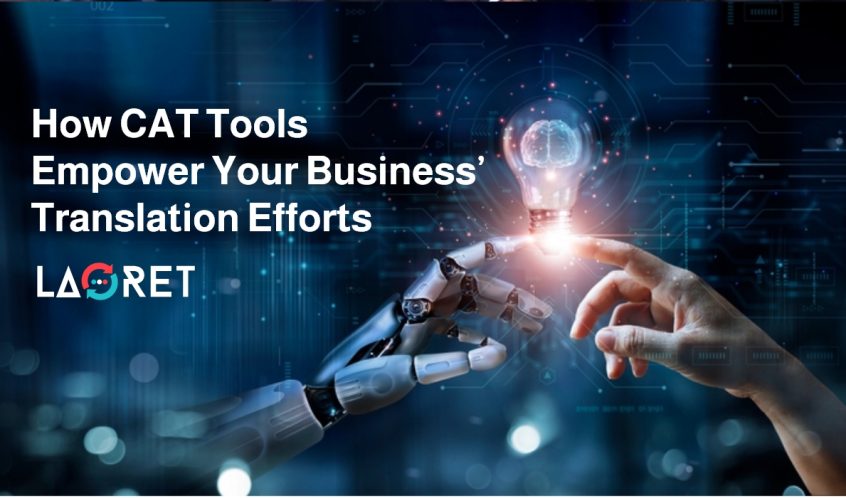Translation vs Interpretation: What Is The Difference
Navigating the complexities of international business requires overcoming language barriers, a task that is both crucial and challenging. Language not only shapes our identity but also enables us to convey ideas across diverse cultural landscapes.
To ensure clarity and avoid …











